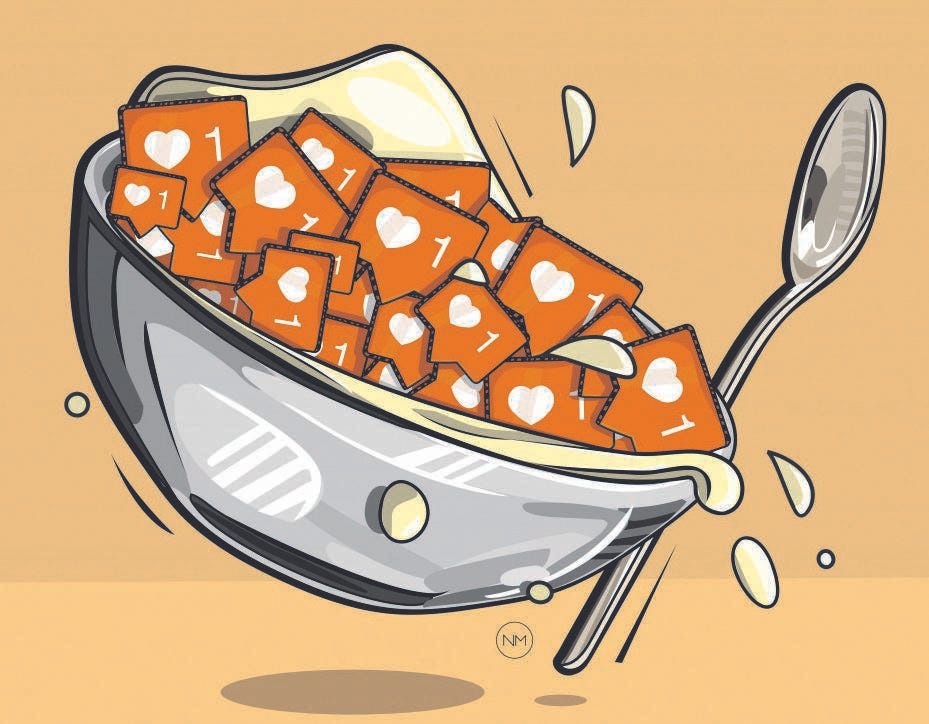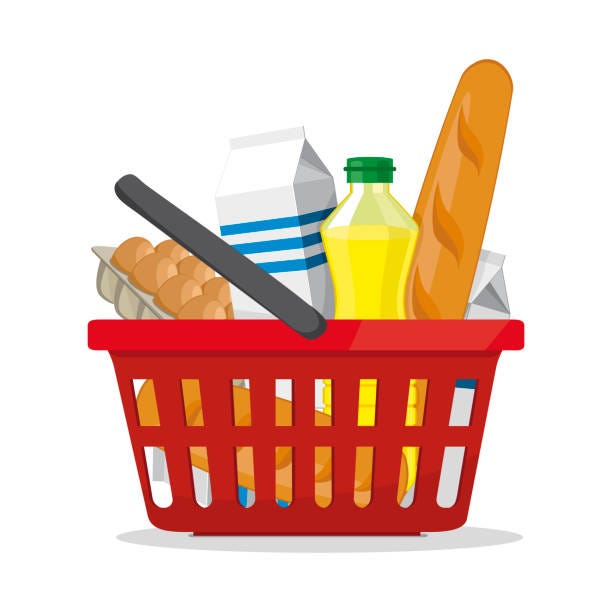Stop Chasing Likes - Aim For This Instead
Here's why you're optimizing for the wrong metric - and what you should do instead.
Welcome to Mo’s Letter, a weekly publication by Dr Mo about social media, business strategy and career development.
If someone sent this your way, be sure to sign up and never miss an issue. We publish every Wednesday morning.
Don’t forget to hit the heart ❤️ button.
You’ve probably written a post before that got zero or very few likes… which you promptly deleted.
We’ve all been there. Social media has conditioned us to judge the value of our thoughts by how many likes we get on them.
It wasn’t always like this. Years ago, the people on my feed optimised for comments and meaningful conversation instead of likes.
Somewhere along the line, however, our incentives skewed towards accumulating digital nods of approvals: likes, retweets, faves, hearts or whatever other metrics you’ve become addicted to.
In this post, we’re going to explore why you, dear digital druggie, are chasing the wrong high.
Reach, Frequency, Impressions and Reactions
In social media, there are four main platform metrics that people use to determine how well they are doing.
Reach
Reach refers to the percentage of your audience that sees your content.
If you have 1000 fans on Twitter, perhaps only 5-10% of your audience might see each tweet.
This figure goes up depending on several other factors such as the quality of the tweet, the time of day you posted it, the number of times it was shared, etc.
This is why you should always post with intent.
Frequency
Frequency is the number of times a person has seen your ad or post.
Depending on your campaign goal, you might decide to show an ad to your audience once a day, twice a day, once a week, etc.
A higher frequency increases ad recall and the chances of a sale. However, show it too frequently and people might mute, hide or block your ad.
Impressions
Impressions refer to the number of times your ad or post was displayed, whether it was clicked on or not.
If you post something and I see it, that’s one impression. If my friend shares your post and I see it again, that’s another impression.
The more impressions your post gets, the more eyeballs it was served to, and the more conversions or engagement you can expect.
Reactions
Reactions are the digital nods of approval that people use to gauge how popular an ad or post has been.
On Facebook, for example, there are seven reactions:
On Twitter, you have likes (or “faves”). On LinkedIn, there are five main reactions:
(2021 update: There are six of them now — a “care” reaction has been introduced).
(2022 update: There are seven of them now — a “funny” reaction has been introduced).
Ordinarily, likes are an easy way to gauge the type of interest people have in your content.
But from a sales and marketing perspective, they are almost meaningless.
Why likes don’t matter
Ever posted something that got no reactions, yet someone still DM’d you about it?
Publicly, the ad was a “flop”. But in your DMs - where it counts - someone took action.
You reached the right person, at the right time, with the right message. They didn’t need to “like” your post to engage you on it.
Conversely, Instagram is a platform where your ads and posts can garner hundreds of likes without a single DM or follow.
Likes don’t matter because they track “approval”, not “intent.”
They don’t necessarily lead to further engagement or action.
Here’s another example: you buy certain things every month on your grocery runs.
Juice, razors, rice, lotion, milk, soap, and muesli.
How many times have you “liked” Danone’s Facebook posts? What about Liquifruit’s Instagram pics? When was the last time you scrolled through Dettol’s Instagram Stories?
Now ask yourself: how much money have you spent on these products in your lifetime?
These brands frequently reach you on various platforms: TV, social media, billboards, magazines and radio, just to name a few.
Their goal is to camp in your head for as long as possible and influence your choices on your next trip to the store. They don’t care about your likes; they care about your money.
It’s primarily about reaching you with the right message, not getting Instagram likes.
Write for the right reader
The goal, then, with any business-related post on social media is to write for the right readers.
These are the ones who actually want your services, not just to donate drive-by likes.
If you offer legal services, for example, most of your (organic) posts will be dryly received compared to memes. Don’t worry too much about this.
Your goal is to get people contacting you to learn more about your services, not to get a hundred likes (although that would be nice).
Likewise, if you sell financial services, or counseling, or social media management services, none of your business posts might ever go viral. That’s to be expected.
But all it takes is one DM to win new business that sets you up for months.
Your target market won’t always like and comment on your posts. They’re reading, though.
Focus on reaching the right people
You first need to reach as many of the right people as possible.
If you offer legal services, build a community of professionals and business owners who can likely afford you.
Adding students to your network who only post and “like” memes is pointless.
Focus on those with the money.
And build a long-term relationship with them through relevant, regular content.
If you’ve been gathering the right people in your network (reach) and posting regularly about your services (frequency), you will have made a positive impression on your target audience.
(Reach x Frequency) 👉🏽 Impressions 👉🏽 Sales.
Optimise for intent
Optimise for intent rather than approval. Get people messaging you and commenting under your posts.
Pose open-ended questions to get conversations going.
Incorrect:
Divorce can be difficult. Many families get disrupted when this happens. It’s important to put the kids first.
Correct:
Have you been through a divorce or currently planning one? What was the hardest part of it for you?
Such questions can generate a lively comment section with only two likes—which is far preferable to the opposite.
As you engage the commenters, those thinking of getting a divorce will see that you’re knowledgeable in that area and privately DM you. Proceed to close the sale.
Focus on generating conversations, enquiries and sales—not “likes”.
Recap
Not all professions are created equal.
If you are in fashion, art or photography, your output is visible - which makes it easier to generate sales just from posting your work.
But if you work in professional services like business analysis or accounting, nobody can “see” a tax submission or a finalised business plan.
You have to repeatedly educate and inform your network about what you do and how you can help them.
These posts won’t always be entertaining, so you won’t always get likes.
But the potential pay-off is much larger: hard cash in your pocket.
So since you can’t pay the bills with likes, focus on what matters.
And if you need help with your content strategy, get in touch.
Thanks for reading Mo’s Letter. If you liked what you read, share it with a friend and make sure to subscribe.
Get in touch for social media management services:
Don’t forget to hit the heart ❤️ button!














